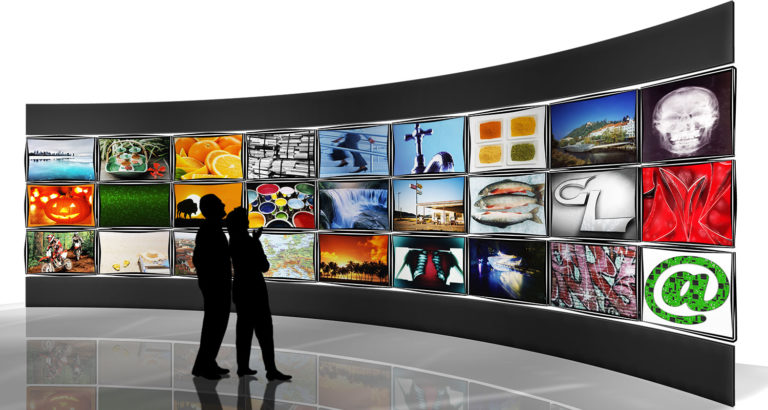Use Dynamic Content to Improve Patient Experience in Your Healthcare Facility

Medical facility owners are constantly on the lookout for variety in the ways to improve patient experience, and technologies that can elevate the human experience. The right audio visual systems help you accomplish this but the options don’t stop there. In fact, incorporating dynamic content into your AV design is one of the answers for how to improve patient experience in hospitals and other facilities. Here’s more about how to use it.
Storytelling that Resonates
Technology continues to evolve, offering us new possibilities in how we communicate with patients. Dynamic content is one way to evolve. The term refers to digital content that changes as a result of who views it, so it’s quite literally dynamic. When it’s used online, the technology takes into account a viewer’s demographics, preferences, and more so the content served is tailored to them. But dynamic content can also be displayed on physical equipment, as in a medical facility.
By rendering video, audio, MIDI, tracking and automation data, or interactive inputs, content can respond in real-time to the environment. One expert put it this way: “The servers are specifically designed for playback of generative content, enabling a new and dynamic method for performance artists, content creators and technical specialists to creatively collaborate.” This might seem more Hollywood than hospital, but the fact remains that people relate to engaging stories. By using creativity, new technical opportunities and compelling stories as you deliver information and communicate, you can reach your patients on a whole new level.
Immersion and Interaction
Dynamic content can also be used to transport viewers and give them an entire experience rather than just information. One example of this is by offering videos for patients about to undergo a new procedure or as a training aid in physical therapy. You can offer a video overview of what the procedure will look like so their expectations are set and uncertainty is removed. Or, if a patient is about to go through physical therapy, you can record the exercises they’ll need to do as a form of instruction that plays back for them dynamically. It’s been said a picture is worth 1,000 words so imagine how much more powerful a video can be in these settings.
Other ways that medical facilities may use dynamic content to improve the patient experience are by offering interactive maps, or an LED wall with motion control. You can design your AV technology to include sensors that trigger dynamic content adjustments (e.g. child-friendly content when the sensor is triggered by someone below a certain height or a change in content if a sensor flags that the viewer is leaving).
Incorporating dynamic content into your AV designs, through technology and techniques outlined here, will engage your patients and their families. It also contributes toward a sense of trust and understanding. Need help planning and designing dynamic content for your facility? Contact us any time.
